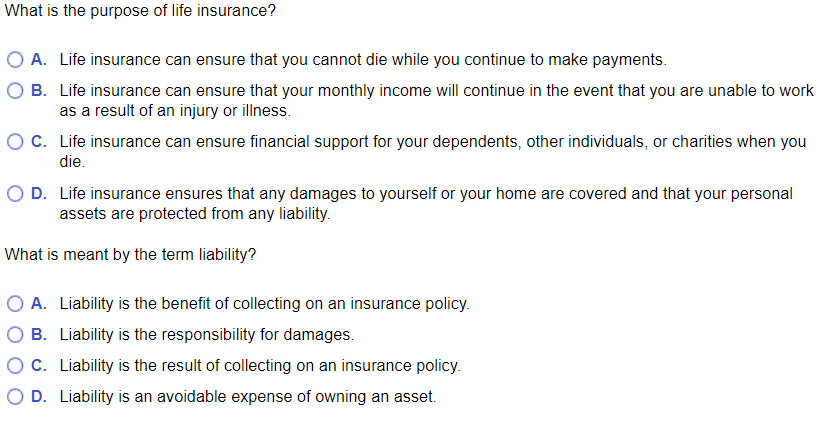The smart Trick of Pacific Prime That Nobody is Discussing
The smart Trick of Pacific Prime That Nobody is Discussing
Blog Article
All about Pacific Prime
Table of ContentsAn Unbiased View of Pacific PrimeNot known Factual Statements About Pacific Prime The Ultimate Guide To Pacific PrimeExcitement About Pacific PrimeThe 9-Second Trick For Pacific Prime

This is due to the fact that the data were gathered for a duration of strong financial efficiency. Of the approximated 42 million people that were uninsured, almost about 420,000 (concerning 1 percent) were under 65 years of age, the age at which most Americans become eligible for Medicare; 32 million were adults between ages 18 and 65, around 19 percent of all grownups in this age; and 10 million were youngsters under 18 years old, about 13.9 percent of all kids (Mills, 2000).
These price quotes of the variety of persons uninsured are produced from the yearly March Supplement to the Current Populace Study (CPS), carried out by the Census Bureau. Unless otherwise noted, national quotes of individuals without medical insurance and percentages of the population with different type of protection are based on the CPS, one of the most extensively utilized resource of estimates of insurance policy protection and uninsurance prices.
Unknown Facts About Pacific Prime

Still, the CPS is especially useful since it generates yearly quotes relatively promptly, reporting the previous year's insurance protection estimates each September, and due to the fact that it is the basis for a constant set of price quotes for more than 20 years, enabling evaluation of trends in coverage in time. For these factors, as well as the considerable use of the CPS in other research studies of insurance policy coverage that are offered in this record, we rely on CPS price quotes, with limitations noted.

The price quote of the number of without insurance people increases when a population's insurance coverage standing is tracked for several years. Over a three-year duration starting early in 1993, 72 million people, 29 percent of the united state populace, were without coverage for a minimum of one month. Within a solitary year (1994 ), 53 million individuals experienced at the very least a month without insurance coverage (Bennefield, 1998a)
6 out of every 10 without insurance grownups are themselves used. Although functioning does boost the chance that one and one's member of the family will certainly have insurance policy, it is not a guarantee. Also members of family members with two full-time wage income earners have practically a one-in-ten opportunity of being without insurance (9.1 percent uninsured rate) (Hoffman and Pohl, 2000).
The Of Pacific Prime
New immigrants make up a significant percentage of people without health and wellness insurance policy. One evaluation has actually connected a significant portion of the current development in the dimension of the U.S. uninsured population to immigrants that showed up in the country between 1994 and 1998 (Camarota and Edwards, 2000). Recent immigrants (those who involved the United States within the past four years) do have a high rate of being uninsured (46 percent), yet they and their kids make up just 6 percent of those without insurance coverage nationally (Holahan et al., 2001).
The connection between wellness insurance policy and access to care is well developed, as recorded later on in this phase. The partnership in between health and wellness insurance coverage and health and wellness outcomes is neither straight neither basic, a substantial scientific and wellness services research study literary works links health insurance policy coverage to improved accessibility to care, much better high quality, and boosted personal and population wellness condition.
Levels of informative post evaluation for taking a look at the effects of uninsurance. It concentrates particularly on those without any wellness insurance coverage for any kind of size of time.
4 Simple Techniques For Pacific Prime
The issues dealt with by the underinsured are in some respects comparable to those encountered by the uninsured, although they are usually much less severe. Wellness insurance policy, nevertheless, is neither required nor enough to get access to medical solutions. The independent and straight effect of wellness insurance policy coverage on accessibility to health and wellness services is well developed.
Others will get the healthcare they need also without wellness insurance coverage, by paying for it out of pocket or seeking it from providers who supply treatment cost-free or at very subsidized prices. For still others, medical insurance alone does not make certain receipt of treatment since of other nonfinancial obstacles, such as a lack of healthcare service providers in their area, restricted access to transportation, illiteracy, or etymological and cultural distinctions.
The 10-Minute Rule for Pacific Prime
Formal study regarding without insurance populaces in the USA dates to the late 1920s and early 1930s when the Committee on the Price of Healthcare created a collection of records regarding funding medical professional workplace check outs and hospital stays. This problem ended up being prominent as the varieties of clinically indigent climbed up throughout the Great Clinical depression.
Report this page